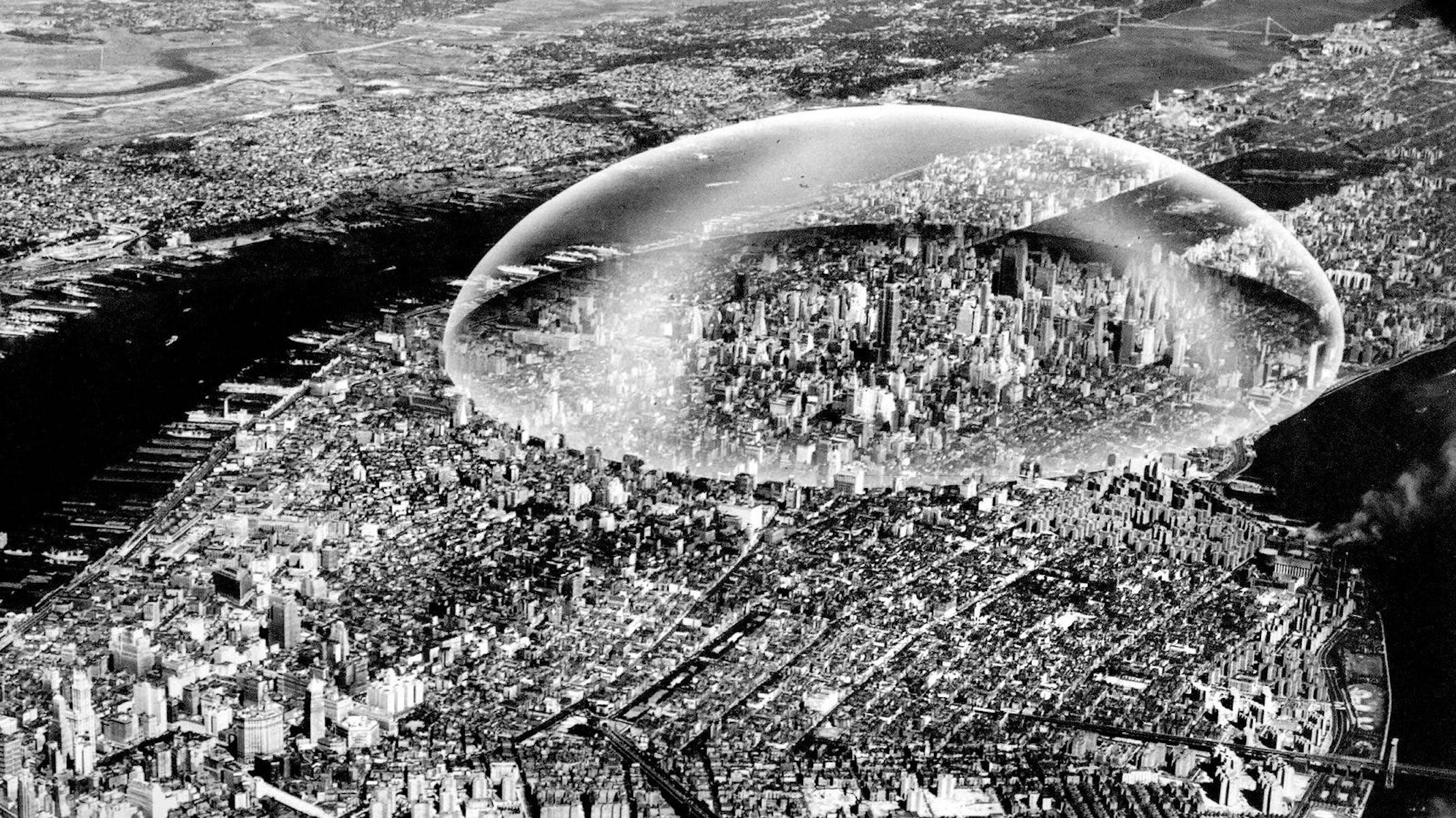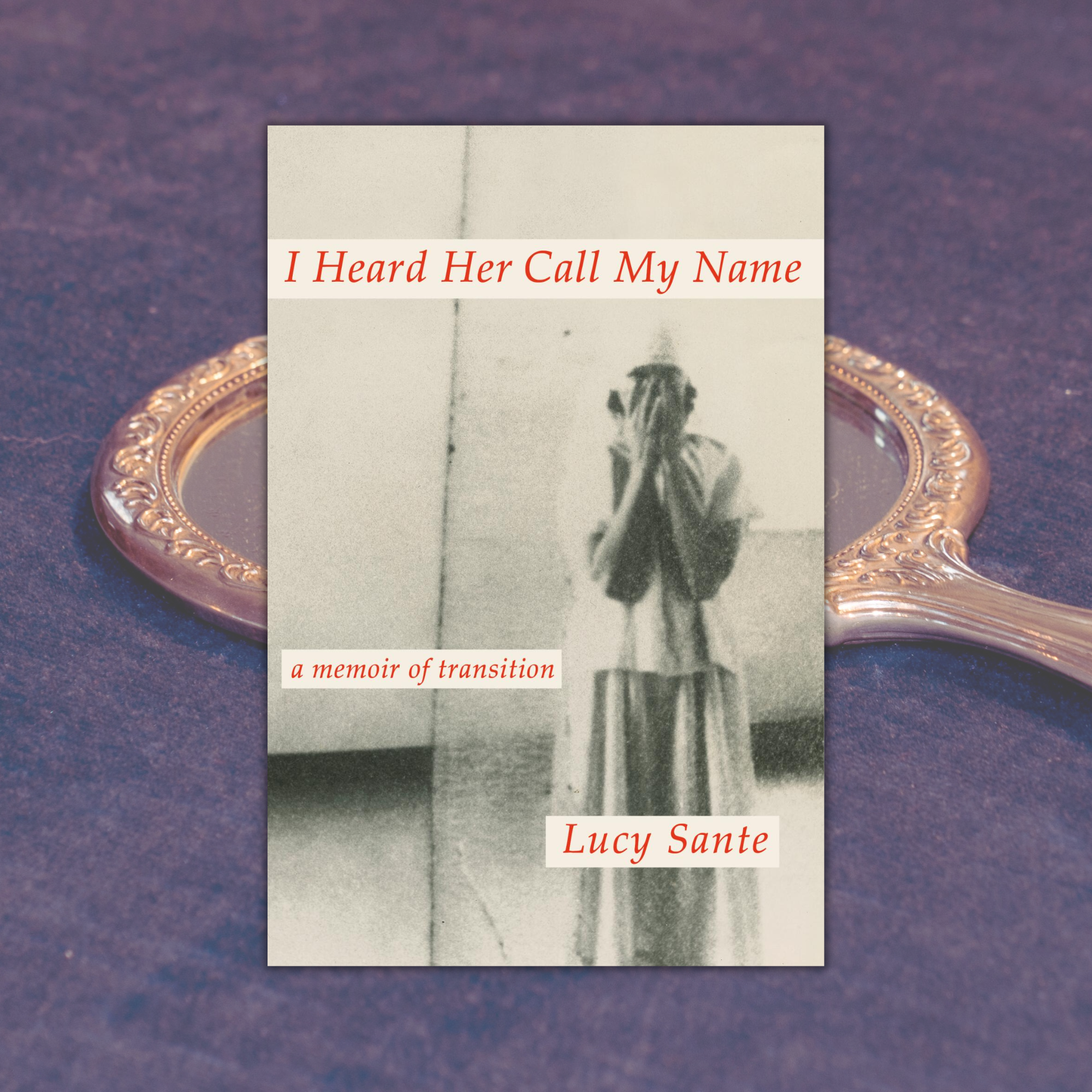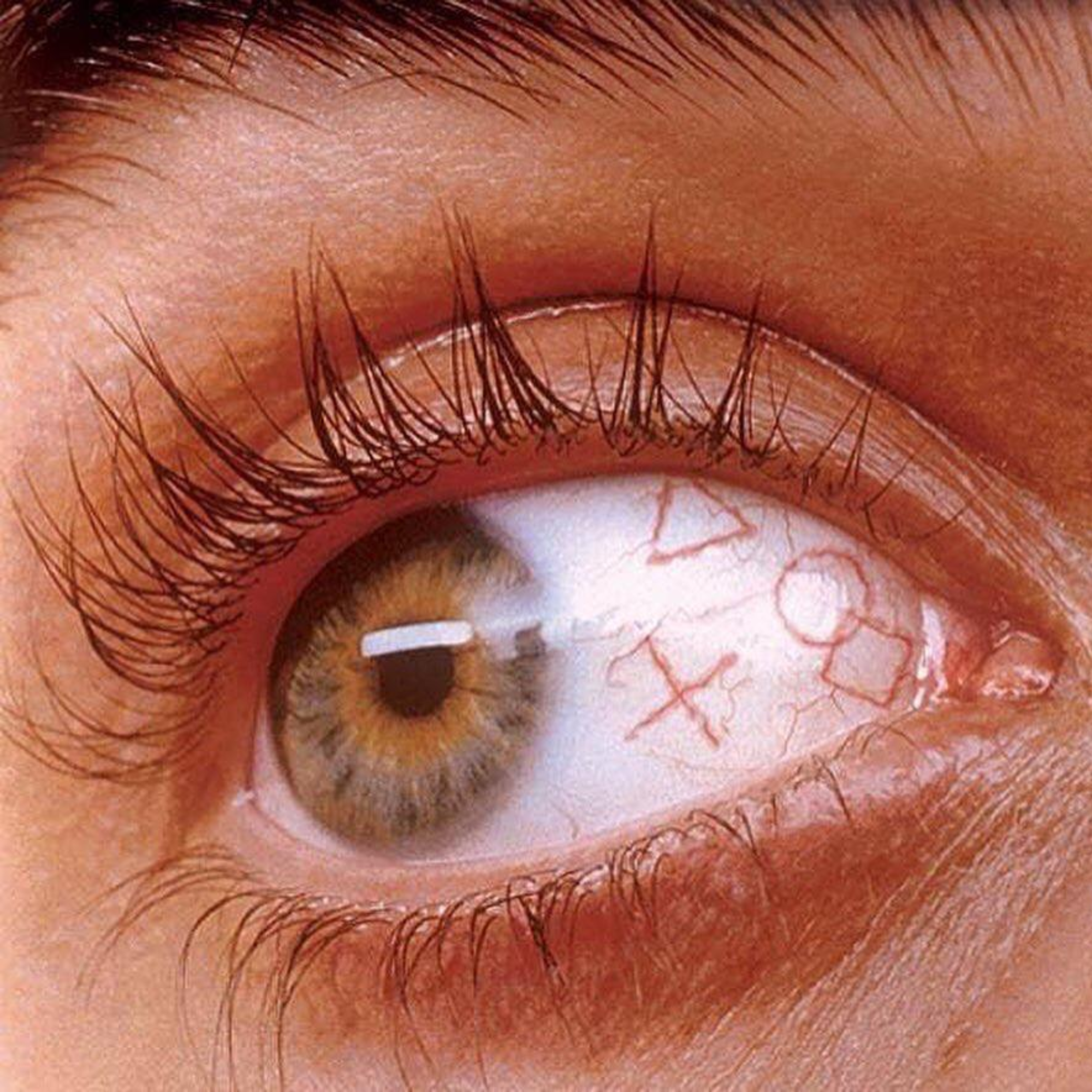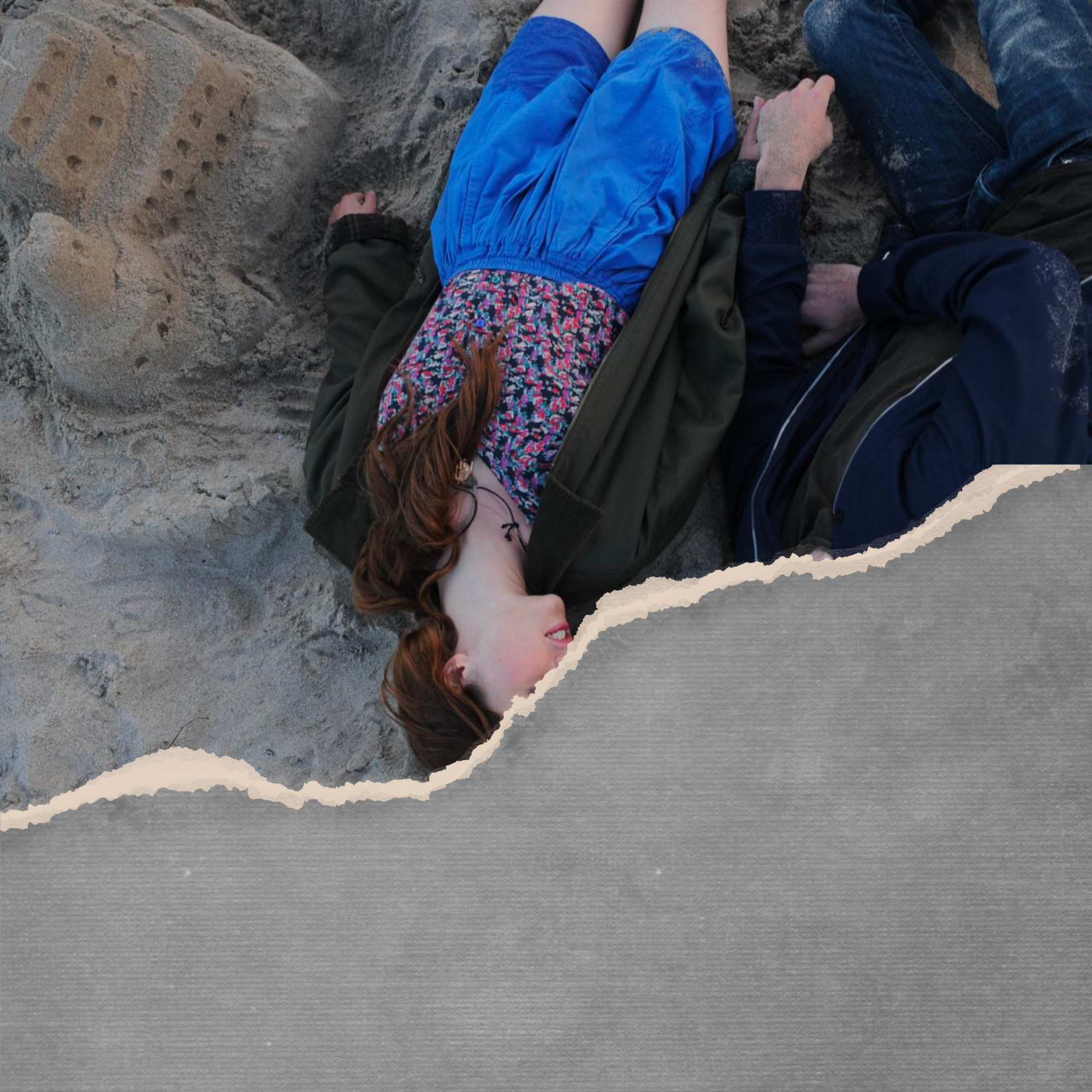Angelica Frey on parallels between The Boy And the Heron and The Neverending Story.
Hayao Miyazaki’s The Boy And the Heron is not your standard “cozy Ghibli” fare. The complex parallel world within the film contains militiae of parakeets, pelicans trying to eat entities that will be reborn as babies, and holograms that dissolve into disgusting, viscous substances. And yet—I felt completely at home while watching it, as if I had just returned from a lengthy journey.
There’s no “quietly strong” protagonist in the vein of the heroic Nausicaa from Nausicaa of the Valley of the Wind, the wise Sophie from Howl’s Moving Castle or the hard working Chihiro from Spirited Away. Instead, The Boy And the Heron gives us a malicious, grief-stricken teen and an impish heron traversing an oneiric, infernal world. To underscore the world’s dark qualities, its entrance bears Dante’s quote “fecemi la divina potestate” (the godly might created me) and one of the first landscapes the viewer sees looks very similar to Arnold Böcklin’s gothic painting, Isle of the Dead.
The Boy and the Heron is inspired by, but not a word-for-word adaptation of Genzaburō Yoshino’s 1937 novel How Do You Live? After I watched the film, I was reading a book about Giorgio Moroder which reminded me of his propulsive theme song for the 1984 film The Neverending Story—itself adapted from the 1979 book by Michael Ende. Suddenly, the parallels between Miyazaki’s film and The Neverending Story snapped into focus.
I felt completely at home while watching it, as if I had just returned from a lengthy journey.
I felt these parallels not only in terms of plot, but in terms of, uh, vibes (sorry) themes, and atmosphere. Of course, both works feature a book as a literary device/plot point. The Boy And the Heron’s Mahito and The Neverending Story’s Bastian read the books that give the title to both works as a means of coping with their grief. The two boys are reeling from the loss of their mothers and struggle to adapt to a new life: Mahito’s father quickly remarries with his wife’s sister, and they have a baby on the way. Bastian’s father is completely detached, and Bastian is held back at school. They both face bullying that, coupled with their grief, motivates their hostile actions: Mahito willingly injures himself after an altercation with his classmates, while Bastian steals the titular book and cuts school to immerse himself in its adventures.
The mother figures in both works bear some similarities too: at the height of their strife in the fantasy worlds that engulf them, both boys find refuge in a cottage inhabited by a mother figure. In the case of Bastian, it’s the “house of change” belonging to the plant-like Dame Eyola, who after nurturing him, just wilts (this was more traumatic to me than the sinking horse), while Mahito is brought to safety by Himi, a young, isekai-ed version of his mother who nourishes him with her signature bread.
Both protagonists have the choice whether they want to lord over their respective realms permanently, yet, pass on the option after experiencing the realities of a fantasy world firsthand.
I searched far and wide for evidence of whether the authors ever met, and nothing conclusive emerged, but this did not prevent me from crafting an impossible conversation between Miyazaki and Ende. It’s more likely than you think!
 | Aug 3, 2023 Femcel logic goes mainstream. |
 | May 30, 2022 Anime acceleration. |
|
|  | Feb 29, 2024 |
|
|  | Feb 28, 2024 |
|
|  | Feb 26, 2024 |
|
|  | Feb 22, 2024 |
|








